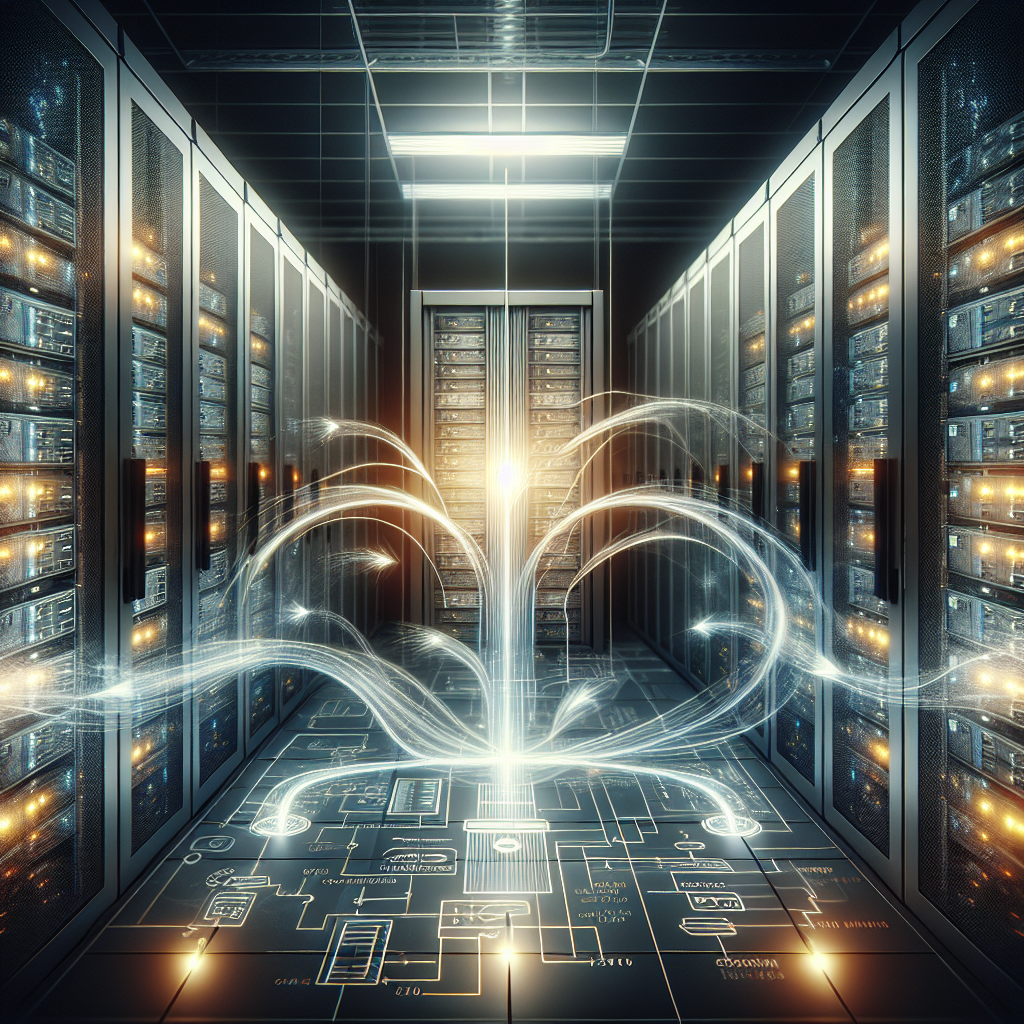Your cart is currently empty!
Exploring Strategies for Managing Power Distribution Challenges in Data Centers

Data centers play a crucial role in today’s digital age, serving as the backbone of the internet and housing the servers and equipment that store and process vast amounts of data. However, one of the biggest challenges faced by data center operators is managing power distribution efficiently and effectively.
Power distribution in data centers is a complex task that requires careful planning and execution to ensure reliable and uninterrupted operation. With the increasing demand for data processing and storage, data centers are facing growing power requirements, leading to higher electricity bills and concerns about energy consumption and sustainability.
To address these challenges, data center operators need to explore strategies for managing power distribution effectively. Here are some key strategies that can help optimize power distribution in data centers:
1. Implementing Energy-efficient Technologies: Data centers can reduce power consumption by implementing energy-efficient technologies such as high-efficiency power supplies, cooling systems, and lighting. By upgrading to energy-efficient equipment, data centers can significantly reduce their electricity bills and carbon footprint.
2. Virtualization: Server virtualization is another effective strategy for optimizing power distribution in data centers. By consolidating multiple virtual servers onto a single physical server, data centers can reduce the number of servers needed to handle workloads, leading to lower power consumption and improved efficiency.
3. Monitoring and Management: Data center operators should invest in monitoring and management tools to track power usage, identify inefficiencies, and optimize energy consumption. By monitoring power distribution in real-time, operators can proactively address issues and make informed decisions to improve efficiency.
4. Load Balancing: Load balancing is a critical strategy for managing power distribution in data centers. By evenly distributing workloads across servers and equipment, data centers can avoid overloading specific components and optimize power usage.
5. Renewable Energy Sources: Data centers can also explore the use of renewable energy sources such as solar, wind, or hydro power to reduce reliance on traditional fossil fuels. By investing in renewable energy solutions, data centers can lower their carbon footprint and contribute to a more sustainable future.
In conclusion, managing power distribution challenges in data centers requires a holistic approach that combines energy-efficient technologies, virtualization, monitoring and management tools, load balancing, and renewable energy sources. By implementing these strategies, data center operators can optimize power distribution, reduce electricity bills, and enhance sustainability. As data centers continue to play a crucial role in the digital economy, it is essential for operators to prioritize power management and explore innovative solutions to address the evolving power distribution challenges.

Leave a Reply